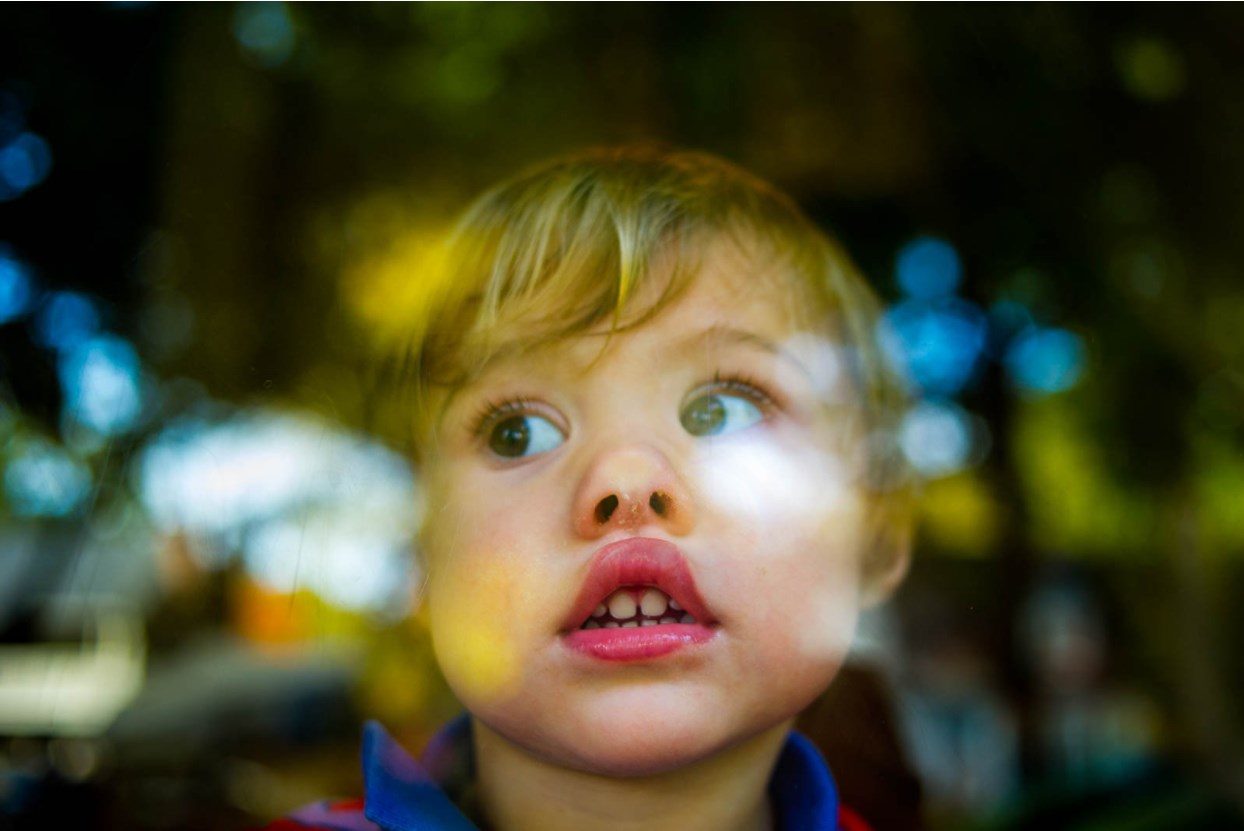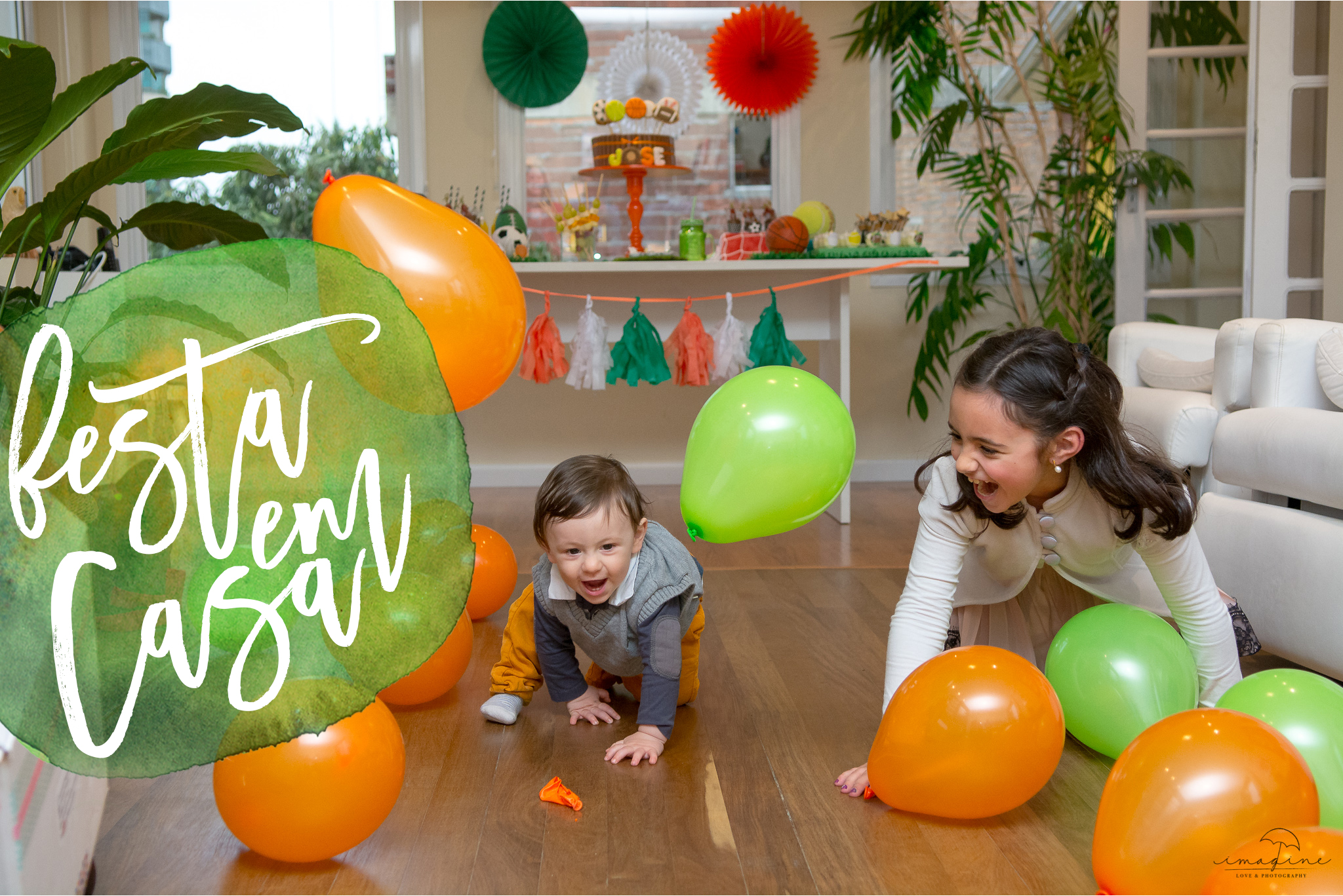In many ways, I am extremely jealous of all the photographers that are embracing documentary family photojournalism these days because there is a lot more information out there now than there way seven years ago when I began making the transition. I had years filled with mistake after mistake before I began to understand the genre both photographically and in regards to the business end of it. Now that I am working closely with photographers on a regular basis there are some reoccurring mistakes that are made regularly, fortunately once they are addressed they are easy to avoid in the future.
DOCUMENTARY PHOTOGRAPHY IS NOT CANDID PHOTOGRAPHY
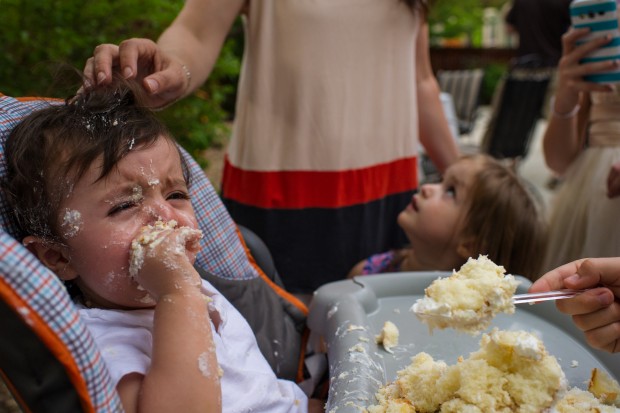
Many photographers assume that as long as the subject(s) is not looking at the camera, that they have produced a documentary picture. While we do not want the subjects to be camera aware 99% of the time, it’s not that simple.
Documentary photography is really an art, it is a type of photojournalism where the photographer is aiming to create a series of pictures that will tell a complete story. The photographer is making pictures that make the viewer feel something towards the subjects by carefully choosing light, composition and moment. These pictures are deliberate in nature, they are thought out and executed with the photographers’ perspective at the heart of it.
While candid moments are more like snapshots, pictures taken of the subject, documentary photography is allowing the photographer to take complete control of their choices in which to tell the story while giving up complete control of the environment in which to do so.
YOU CAN NOT MOVE, TOUCH OR CONTROL THE ENVIRONMENT IN ANY WAY
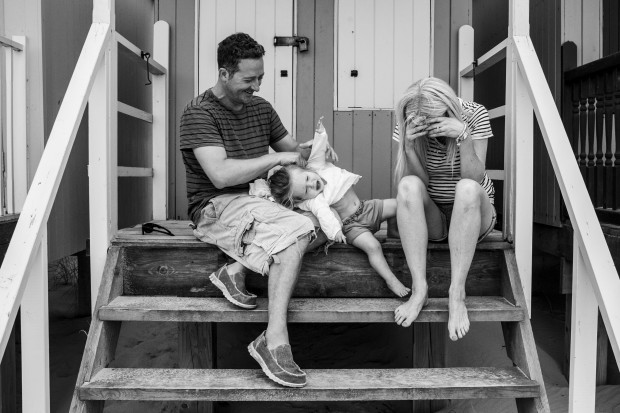
For those who want to stay committed to the art of photojournalism, photographers may not physically change or influence the scene in any way. This includes changing or altering the light source, moving objects to clean up the scene or even asking the subjects to “redo” a moment or move where the moment is happening. Once you begin altering the scene, you are now approaching the work as a lifestyle photographer rather than a documentary one.
PHOTOJOURNALISM DOES NOT MEAN “FLY ON THE WALL”
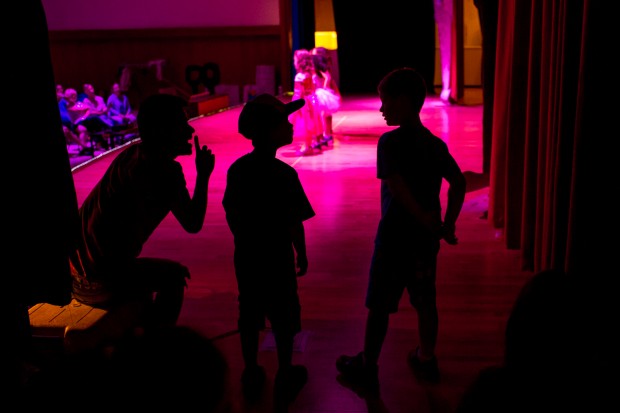
Many photographers when labeling their approach as “photojournalistic” also describe their approach as a “fly on the wall.” This could not be further from the truth when it comes to photojournalism and documentary photography. What makes this genre so special is that many times the photographer submerses themselves within the life of the subjects in order to gain trust which ultimately leads to access.
It is imperative that in documentary family photography, that the photographer talk to their subjects throughout most of the shoot so that they can make photographs that truly represent each of their personalities, quirks and relationships to one another. Even photojournalists that work within the newspaper field whose job is to come back to the office with just one picture that encompasses an entire event have to become a part of the scene in order to do so.
YOU CANNOT CONVINCE A FAMILY TO WANT A DOCUMENTARY SESSION
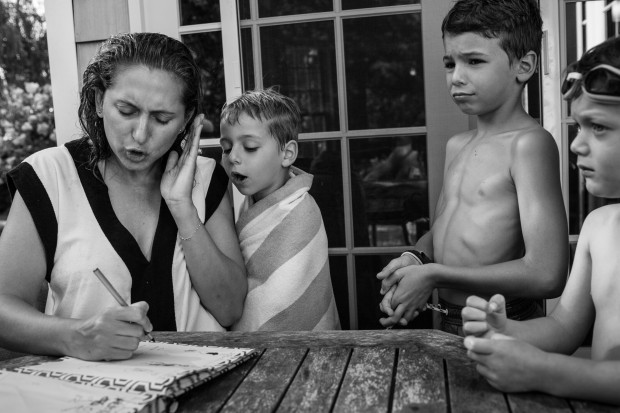
This is something I hear on a daily basis, “I am having a hard time convincing clients to do a documentary session over a portrait one.” Of course you are, because you cannot convince someone to want the opposite of what they already have in their plan. For example, preparing for birth has been a hot topic for me and my team of doctors. I want to try to have a completely natural birth, without drugs, with a doula and my midwife. Granted, things could totally change and at the end of the day I just want a healthy baby, however not a single person has convinced me to automatically sign up for an epidural. I have heard from dozens of friends and family, “You definitely want the drugs, you have no idea how painful childbirth is.” Well, that is correct. I have not had a baby before so I honestly don’t know how my body is going to handle it. So I am committed to trying without medical intervention.
The same is true for trying to convince a family to go in a completely different direction with their photographic investment. And why would you want to? The last thing you want is for the end result to be that of disappointment for your clients because what they really wanted was just a group picture with everyone looking perfect in their matching white and khakis. Your clients will be ones that see your work, fall in love with it and have to have you photograph them.
This happens when you have a strong portfolio where the pictures speak for themselves.
YOU ARE NOT GOING TO BE GOOD IN A YEAR
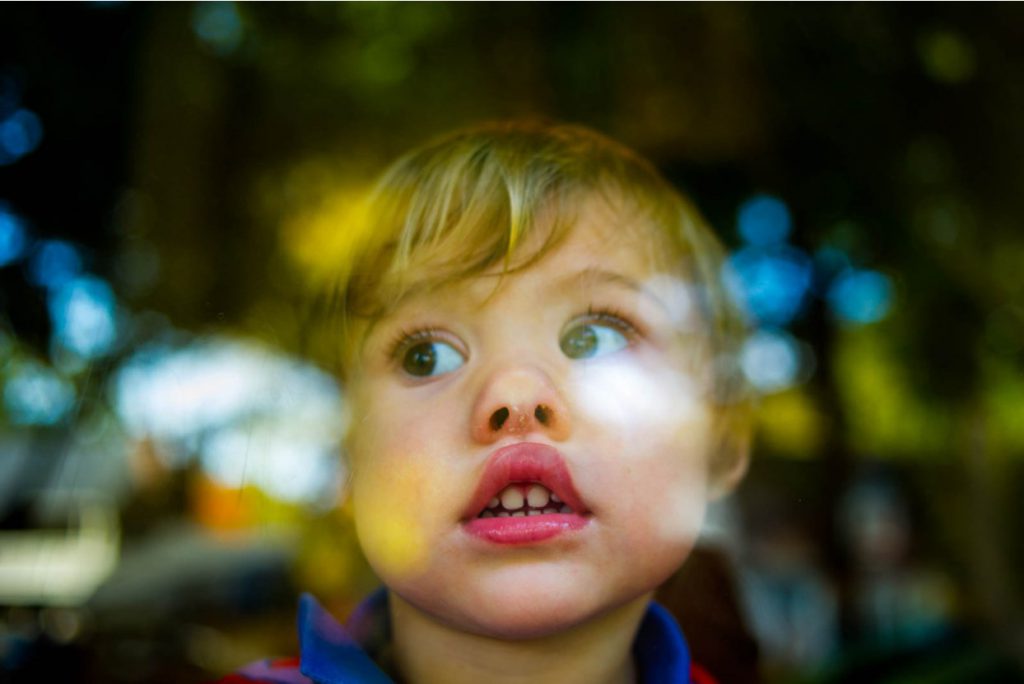
This, in my opinion, is the hardest type of photography. It can also be the most rewarding for the clients as well as the photographer. But it takes time and patience. I have been a professional photographer for 18 years now. I have been focusing on documentary family photography, solely, for the last 8 years. It was just a few years ago that I truly felt comfortable and confident with the work I was producing. You need to allow time for your brain to automate to making several decisions at once while in the field.
You then need to explore and study the art of composition and how each small adjustment can change the story of a photograph. You need to learn to really see light — good light — in any situation. Then, you need to learn how to do all of these things at the same time. You also need to acknowledge that you will always have something new to learn, new to practice, new to challenge yourself with. Finally, once you feel like you have a grasp on the technical aspects of this genre, you then have to learn who you are.
Self discovery and love is the hardest part of it all, but once you can become friends with yourself, recognize what makes you . . . you, then you can begin having a point of view. However, once things come into place the end result is truly a gift that you can give your clients that no one else can.
Text and photos: Kirsten LewisSite: |
Você curtiu essa matéria? Quer ser um colaborador também? Escreva para outstandingawards@gmail.com com o título “Blog Outstanding” para saber como e quando enviar seu artigo.
